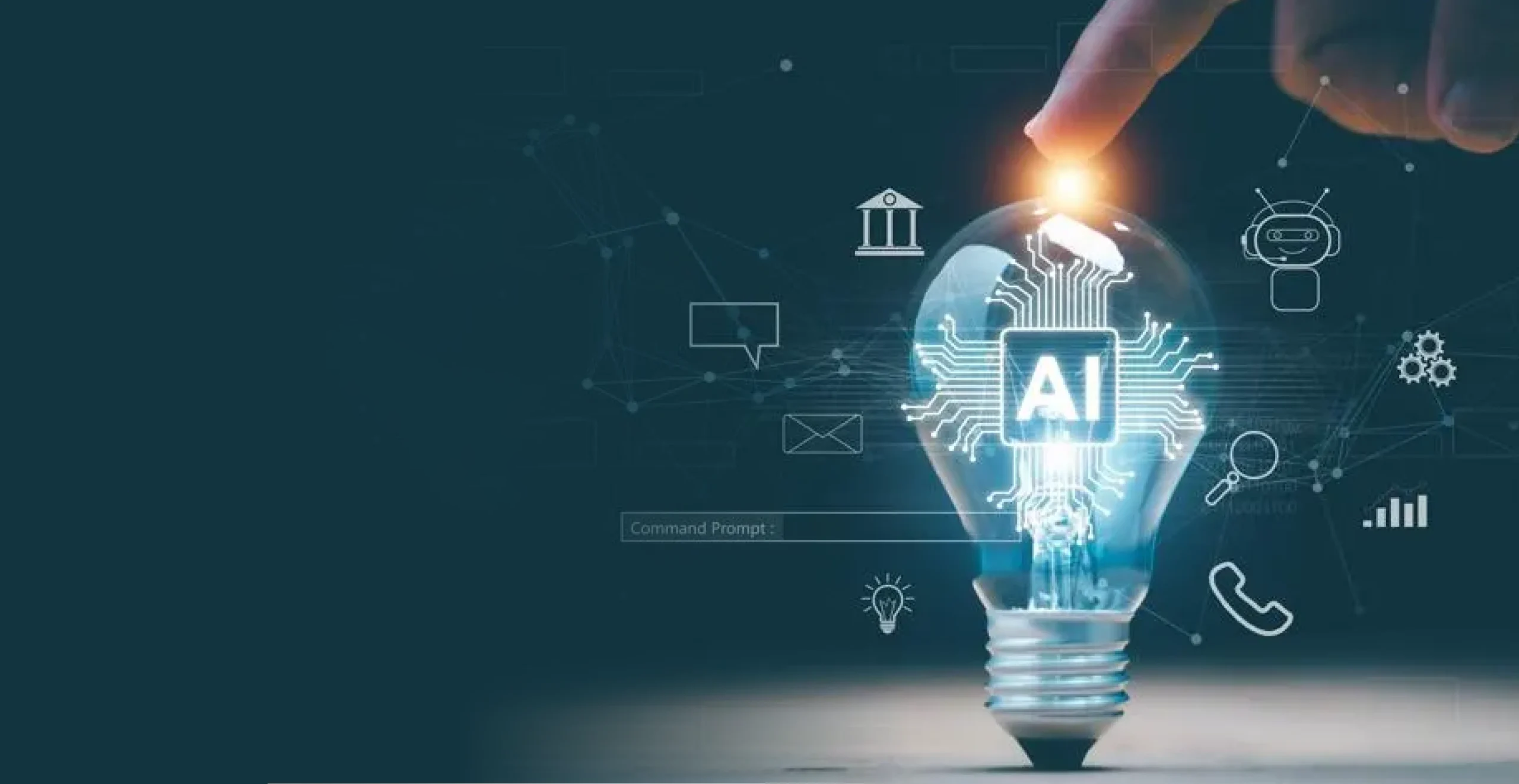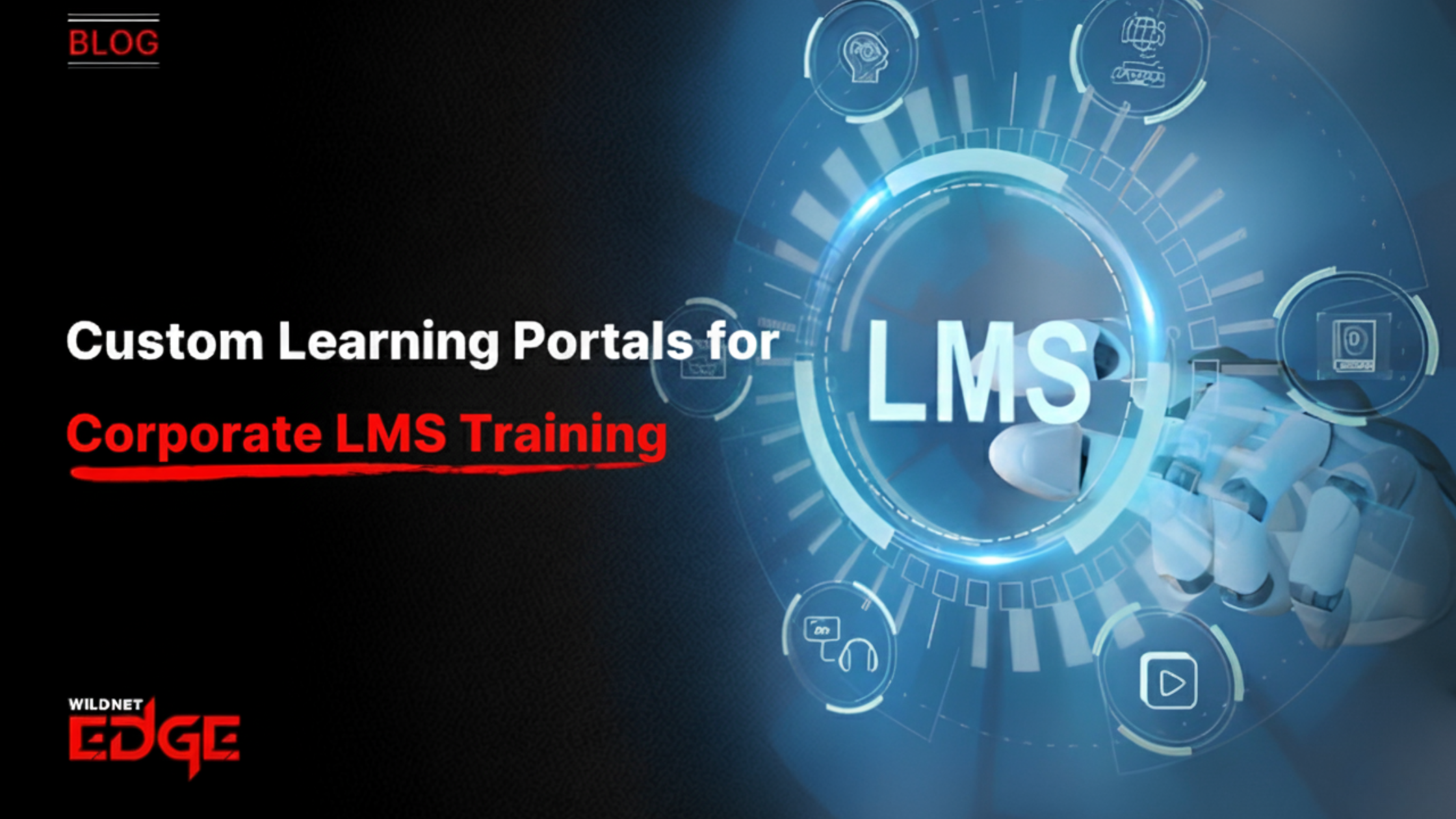You’re pouring time, money, and talent into your software—and still not seeing the growth you expected. Sound familiar? High-growth startups are doing something different: they’re leveraging AI software development to move faster, cut costs, and unlock smarter decisions. Want to know how they’re turning code into cash? This post breaks it down with real lessons and ROI-backed insights.
What Is the Software Development Life Cycle (SDLC)?
The software development life cycle (SDLC) is the structured process teams follow to build, deploy, and maintain software. It’s designed to reduce chaos, streamline collaboration, and ensure consistent product quality. For startups under pressure to move fast, understanding and optimizing the SDLC is non-negotiable.
Traditionally, the SDLC includes six phases: planning, design, development, testing, deployment, and maintenance. Each phase builds on the previous one and has its own set of deliverables. For example, the planning stage is where you define requirements, while development involves writing the actual code.
But here’s where things get exciting: AI software development is enhancing each of these phases with speed, accuracy, and automation.
In today’s fast-paced startup ecosystem, AI-driven tools can automate user research during planning, auto-generate UI designs in the design phase, and even assist with live debugging during development. In testing and deployment, AI streamlines regression testing, predicts deployment failures, and monitors live performance. And during the maintenance phase, AI can proactively identify bottlenecks and suggest fixes before customers even notice a problem.
Put simply, AI doesn’t replace the SDLC—it supercharges it.
Integrating AI into the Software Development Life Cycle
Understanding the benefits of AI is one thing. But integrating it effectively into your software development life cycle is where real ROI starts to show.
Let’s explore what AI integration looks like in practice, phase by phase.
Planning with Predictive Intelligence
The planning phase often involves deep research, stakeholder meetings, and requirement gathering—all of which are time-consuming. AI changes this by offering predictive insights. Tools like Notion AI and Akkio can analyze past project data, user behavior, and market trends to forecast which features will deliver the most impact. AI can even summarize stakeholder feedback and turn it into actionable sprint plans.
Instead of spending weeks in planning mode, startups can get clear, data-driven direction in hours.
Designing Smarter Interfaces
Designers can now transform text-based prompts into wireframes using tools like Uizard or Figma AI. This eliminates much of the back-and-forth between product and design teams. The result? Faster prototyping and more time to focus on user experience.
These AI tools also allow for dynamic updates. If a user flow changes, the system can automatically adjust the UI layout, preserving visual consistency.
Accelerating Development with AI Pair Programmers
Developers are reaping the biggest benefits from AI. Platforms like GitHub Copilot X and Amazon CodeWhisperer act as intelligent assistants, autocompleting lines of code, flagging syntax errors, and even suggesting better architectural patterns. These tools learn from billions of lines of code, reducing the time spent on boilerplate and helping devs focus on logic and innovation.
By integrating these tools into their IDEs, startups are cutting development timelines by up to 40%.
Testing with Machine Learning Accuracy
Testing has traditionally been a bottleneck in the SDLC. But not anymore.
AI testing platforms like Testim, ReTest, and Functionize use machine learning to generate smart test cases, detect visual bugs, and even heal broken tests without human intervention. This means your QA team isn’t just identifying bugs—they’re preventing them.
Startups using AI in testing report fewer production bugs and a major boost in product reliability.
Smart Deployment and Predictive Maintenance
In deployment, AI enables anomaly detection and risk scoring. Before pushing a new release, your system can simulate its impact across user segments and infrastructure. If there’s a red flag—like a potential latency spike—AI can delay or reroute the deployment automatically.
Post-deployment, AI-powered monitoring tools like Dynatrace and AIOps platforms help dev teams address issues before they affect users. These systems analyze logs, behavior, and historical incidents to surface insights in real time.
From beginning to end, AI transforms the SDLC into a lean, intelligent process that scales with your business.
Measuring ROI from AI Software Development
If you’re investing in AI software development, it’s essential to know what you’re getting in return. Measuring ROI isn’t just about cost savings—it’s about speed, reliability, and long-term value.
Key Metrics That Matter
One of the most obvious ROI gains is time-to-market. Startups that use AI throughout the SDLC can go from concept to launch in weeks rather than months. This speed gives them a first-mover advantage, especially in competitive verticals like fintech and healthtech.
Next is developer productivity. AI tools can reduce coding time by over 50%, allowing smaller teams to build at the pace of larger enterprises.
There’s also a significant impact on product quality. Fewer bugs mean better customer experiences, which leads to higher retention and lower churn.
Finally, AI reduces manual overhead. Instead of expanding your QA team or hiring more ops engineers, you can rely on AI to handle routine monitoring, testing, and optimization.
Real Startup Success Stories
Take SynthAI, a SaaS startup that used AI to automate its QA process. Within six months, they cut their bug backlog by 70% and reduced support tickets by 45%. That’s not just operational efficiency—it’s bottom-line impact.
Or look at FinGo, a startup in the payments space. By integrating AI into their deployment pipeline, they improved uptime to 99.99%, a stat that directly influenced investor confidence and helped secure their Series B round.
Pitfalls to Avoid
Despite the clear benefits, it’s important to be strategic. Not every AI tool is right for every team. Some solutions promise more than they deliver, and integration can be complex if your workflows aren’t ready.
Start small, benchmark early, and avoid black-box solutions without transparency. The goal is measurable improvement—not novelty.
Trends and Growth Opportunities in AI Software Development
By 2025, the line between “software company” and “AI-powered company” is rapidly fading. The startups seeing the highest growth are those using AI not just as a tool—but as a strategic advantage.
The Rise of AI-Native Startups
AI-native startups are building products where artificial intelligence is the core value proposition. Think of platforms like RunwayML or Jasper AI—without machine learning, these tools wouldn’t exist.
These businesses design their architecture around AI from day one, giving them a massive edge in personalization, scalability, and speed.
Low-Code and No-Code AI Tools
Platforms like Mendix and Google Vertex AI have made AI more accessible than ever. With drag-and-drop interfaces and auto-ML features, startups without deep AI expertise can still build predictive models and automation flows that drive business outcomes.
This democratization of AI is unlocking innovation in sectors like real estate, legal tech, and education.
Advanced Automation and Autonomous Testing
In 2025, testing platforms don’t just run your test suite—they adapt to your product in real time. AI autonomously identifies risky areas in your code, flags performance bottlenecks, and even reorders test cases for optimal coverage.
This means less downtime, fewer hotfixes, and a better customer experience.
Industry-Specific Use Cases
AI’s impact varies by industry, but some of the most exciting developments include AI triage tools in healthcare, fraud detection layers in fintech, and adaptive learning in edtech. These aren’t future concepts—they’re happening now.
And with adoption rates expected to surpass 65% across development teams by the end of 2025 (according to Gartner), AI software development is quickly becoming the new norm.
Conclusion
AI software development isn’t just a technical upgrade—it’s a growth strategy. For startups aiming to do more with less, embedding AI across the software development life cycle can dramatically increase speed, reduce cost, and deliver higher-quality products.
But success doesn’t happen by accident. It takes the right tools, the right process, and the right partner.
That’s where WildnetEdge comes in. As a trusted leader in AI-enabled development, we help startups integrate AI at every stage of the SDLC—with real ROI to show for it.
Want to build smarter, faster, and more efficiently? Let WildnetEdge help you turn your vision into intelligent software that scales.
FAQs
Q1: How does AI software development improve the software development life cycle?
AI enhances each SDLC phase by automating repetitive tasks, accelerating delivery, and improving accuracy—from planning and coding to testing and deployment.
Q2: What is the ROI of using AI in software development?
Startups using AI report faster time-to-market, increased code quality, fewer bugs, and reduced operational overhead—all leading to higher revenue and customer satisfaction.
Q3: What are examples of AI tools in the software development life cycle?
In 2025, leading tools include GitHub Copilot X (coding), Testim (testing), Dynatrace (monitoring), and Figma AI (design automation).
Q4: Can AI help startups compete with larger tech companies?
Yes. AI enables small teams to operate at scale by automating key workflows, leveling the playing field against larger, more resourced competitors.
Q5: Is AI integration expensive for early-stage startups?
While there are initial costs, many tools offer startup-friendly pricing or open-source options, making AI adoption both affordable and high-ROI over time.

Nitin Agarwal is a veteran in custom software development. He is fascinated by how software can turn ideas into real-world solutions. With extensive experience designing scalable and efficient systems, he focuses on creating software that delivers tangible results. Nitin enjoys exploring emerging technologies, taking on challenging projects, and mentoring teams to bring ideas to life. He believes that good software is not just about code; it’s about understanding problems and creating value for users. For him, great software combines thoughtful design, clever engineering, and a clear understanding of the problems it’s meant to solve.
 sales@wildnetedge.com
sales@wildnetedge.com +1 (212) 901 8616
+1 (212) 901 8616 +1 (437) 225-7733
+1 (437) 225-7733































